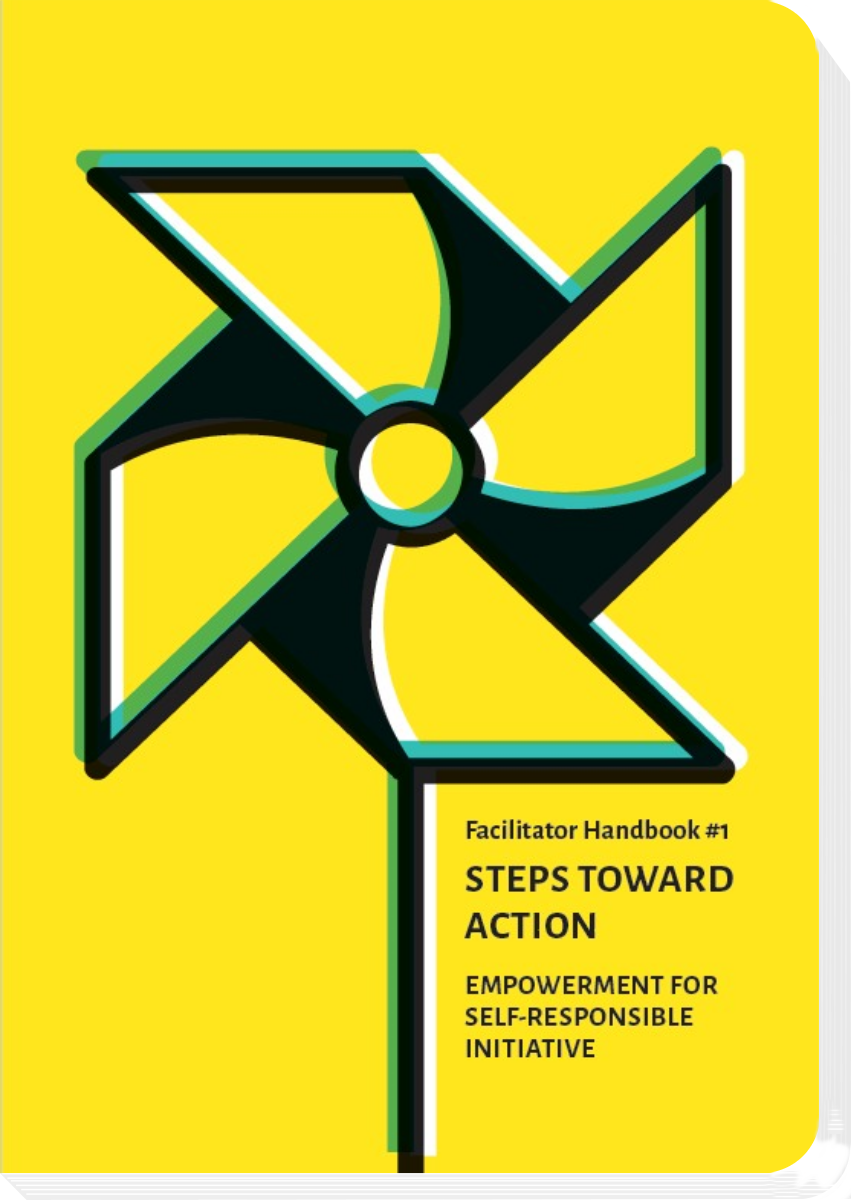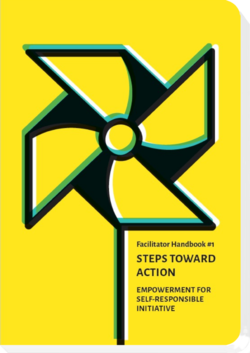No matter how many opportunities and capacities we may have already, each participant can take greater responsibility, initiate social change, and acquire skills. For facilitators, there is a range of different ways to motivate others to take an active role in their communities – whether it is encouraging people to take action, or simply promoting attitudes that don’t require any additional action or effort. Teachers and facilitators already have the potential and capacity to inspire others without needing to make much additional effort or start new projects. Let’s take a closer look at the various possibilities.
To be inspired means to be stimulated to take action. To get surprised. To discover opportunities, to combat challenges. To be encouraged to make
an effort, to feel enthusiastic and self-confident. Inspiration comes from the inside and is a mirror of an individual's spiritual state, desires, and
expectations.
What is not inspiring
- When you overwhelm your learners with a lot of ideas or opportunities that they don’t understand (yet).
- When you direct a cognitive process too forcefully and participants don’t discover the whole range of opportunities that might otherwise appear to them.
- When you evaluate your learners’ ideas as adequate, reflective, or utopian. Evaluation at this point is limiting, whereas inspiration presents opportunity.
What is inspiring:
Beliefs and Values
|
- Trusting in participants’ ideas and capacities to do things on their own
- Showing fairness and honesty: truthfulness, honoring arrangements, fulfillment of tasks on time, keeping promises you made to your participants, transparency as to how you want to achieve your goals
- Allowing space for experimentation and making mistakes
- Staying aligned with your own values and passions and showing it
- Building relationships based on empathy, transparency, and fairness
|
Teacher's/facilitator's attitude
|
- Being aware of the power of words: motivating, building self-esteem, encouraging
- Critical thinking, accepting feedback about your own actions
- An orientation toward problem solving and showing creativity in the face of challenges
- Showing acceptance and understanding, focusing on lessons learned and emphasizing successes
|
Actions toward participants
|
- Encouraging participants to make independent decisions
- Encouraging participants to face new challenges by getting out of their comfort zone and into their learning zone
- Leaving space for reflection and fostering conscious learning through action
- Encouraging participants to ask for help if needed
|
How far does inspiration go?
As a facilitator, you can inspire learners to assume active social positions in different ways – either smoothly, almost invisibly, or explicitly. What you choose depends on the learners’ needs and on your personality.
|
Retentive involvement
|
- Let things be. Devote time, attention, and appreciation.
- Ask questions, support people in taking new directions
|
|
Moderate involvement
|
- Name strengths and potentials, help to uncover resources
- Address socially relevant issues openly, foster critical thinking
- Make your values clear and follow them rigorously
|
|
Strong involvement
|
- Be a role model, share personal stories of engagement
- Invite others to engage with what you enjoy
|
Handbook for Facilitators: Steps toward Action
M. Gawinek-Dagargulia (ed.), N. Zimmermann (ed.), E. Skowron (ed.) (2016). Steps toward action. Empowerment for self-responsible initiative. Help your learners to discover their vision and to turn it into concrete civic engagement. Competendo Handbook for Facilitators.

Marta Anna Gawinek-Dagargulia
Facilitator, coordinator of empowerment programs, author and program manager in the fields of cultural activism and civi education. Lives in Warsaw (Poland), head of SKORO association.
From:

Related:
Handbook

M. Gawinek-Dagargulia, E. Skowron, N. Zimmermann
Steps toward action
Read more











